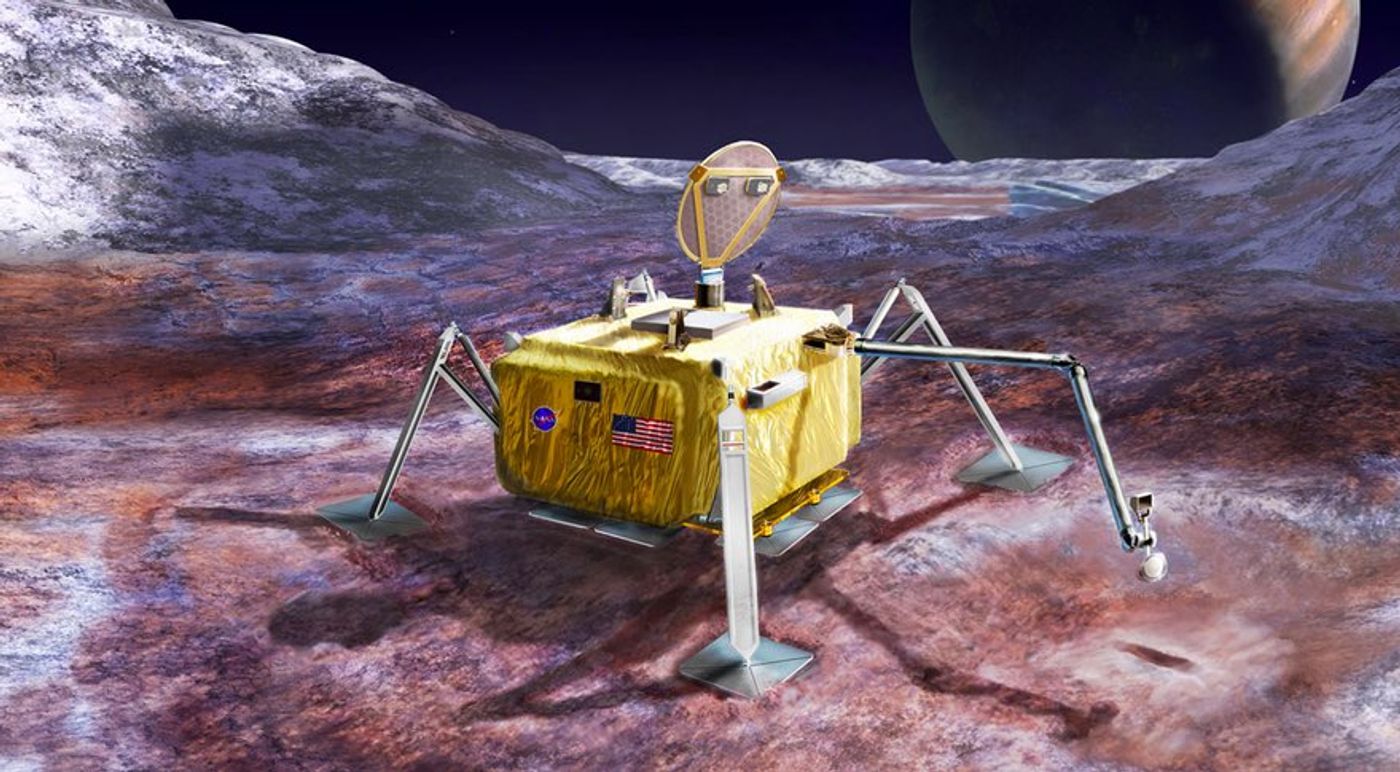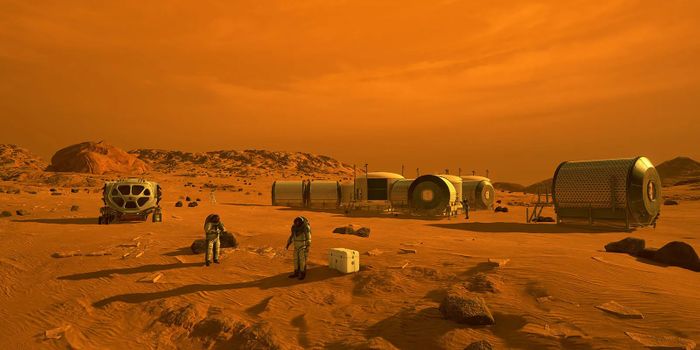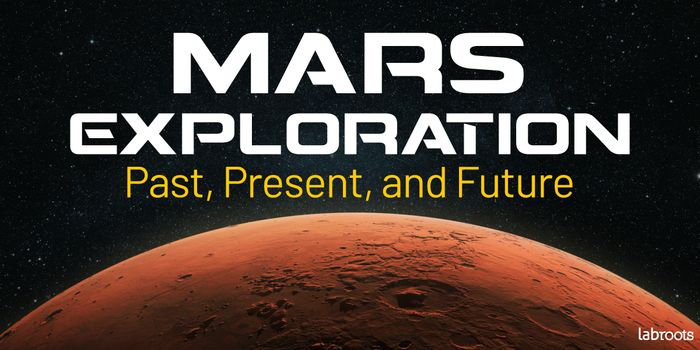NASA Probes Ideas for Europa Lander Science Equipment
There’s no doubt that there’s interest in sending a probe to Europa, one of the 67+ known moons that orbit Jupiter, and as a mission to send one or two probes there comes into focus, NASA is starting to think hard about what kinds of data they want to collect while they’re there.
Europa is of interest to space researchers because it’s believed to have a subsurface ocean underneath its icy crust that might be capable of harboring life. Although the subsurface ocean idea is certainly just a theory based off of geysers observed by the Hubble Space Telescope at this point in time, we will never know for sure unless we go there and look for ourselves.
Missions to reach Europa have been well-accepted by Congress and this means NASA’s mission could come to fruition as soon as the 2020’s.
Image Credit: NASA/JPL-Caltech
Because we know very little about Europa, NASA wants to make sure we can collect as much information about the moon as possible. This means we need to equip our probes and landers with as many useful scientific instruments as we can without going over the budget.
Related: Europa could be our best shot at finding life in our Solar System
"The possibility of placing a lander on the surface of this intriguing icy moon, touching and exploring a world that might harbor life is at the heart of the Europa lander mission," said NASA’s Thomas Zurbuchen, the associate administrator of the agency’s Science Mission Directorate.
"We want the community to be prepared for this announcement of opportunity, because NASA recognizes the immense amount of work involved in preparing proposals for this potential future exploration."
Choosing exactly what instruments to outfit a lander with is tough – we want the instruments that might be able to take measurements of the subsurface ocean, but we also want to take high-quality photographs and search for microbial life while we’re there as well.
Chemical measurements that determine the makeup of the moon are also just as important, as this will allow us to compare the moon’s composition to the Earth and other bodies in the Solar System.
Related: Europa might be hotter than originally thought
Because all these things are necessary, NASA is now beginning to request proposals for what the Europa lander should come equipped with. The goal is to obtain about 10 different proposals and then pick the best of the bunch.
What we do know at this point in time is that Europa’s lander will probably have four legs and behave a lot like the Phoenix lander that dropped on Mars almost a decade ago in that it will have a special saw for penetrating below the super-hard and radiation-processed ice so that we can get virgin samples to learn more about Europa’s composition.
There’s still quite a bit of time to come before the Europa lander mission(s) is realized and budget is still something that remains flaky at this point in time, but the way NASA sees it, there’s no harm in trying to get a head start so that we’re ready when the time comes.
In the meantime, Juno is probing the Jovian system to help us learn more about Jupiter. It’s just too bad it can’t get closer to Europa.
Source: Space.com









